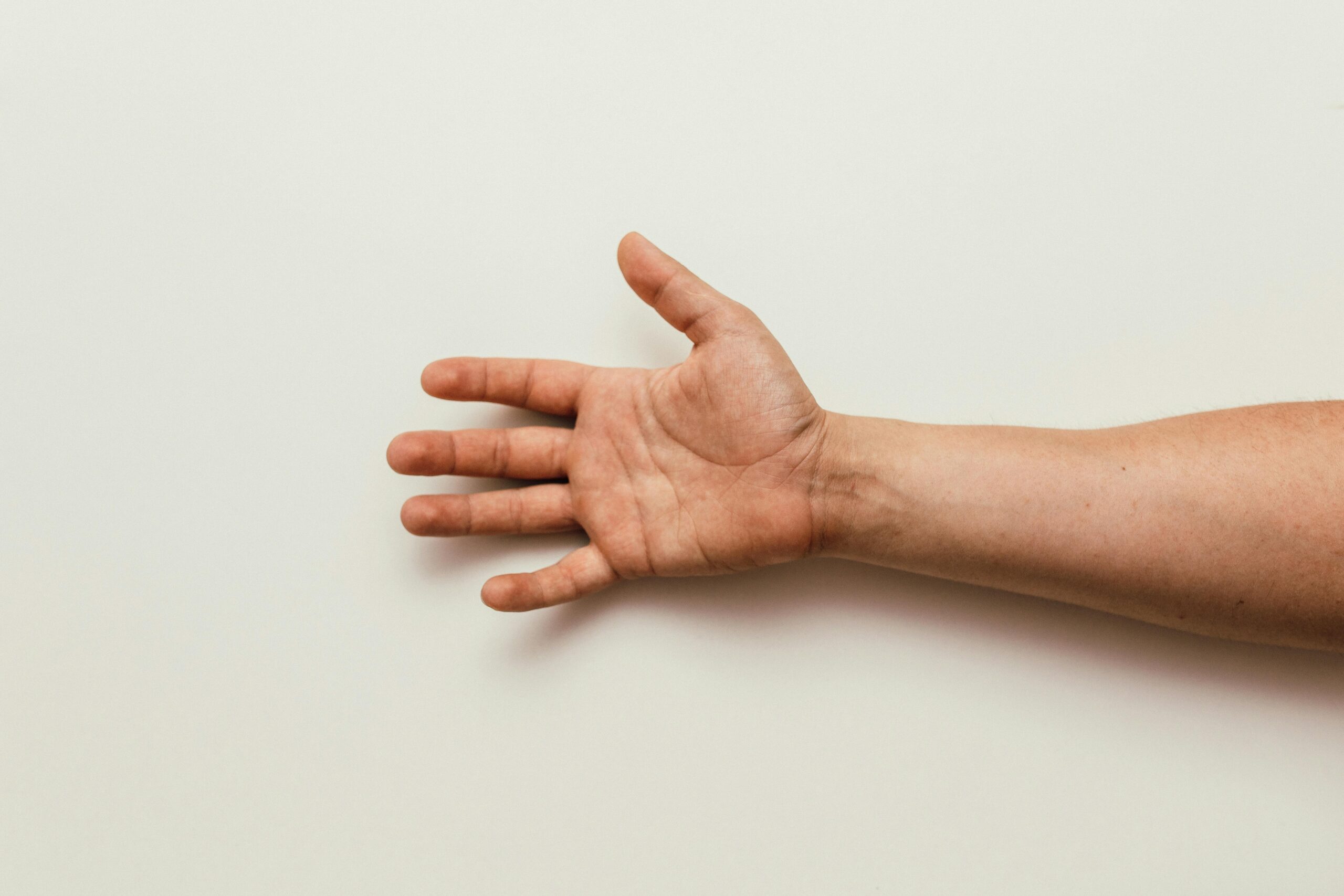3 Surprising Ways Herniated Disc Physiotherapy Can Improve Your Health

Herniated disc physiotherapy is one of the most demanded services worldwide. Not only in Canada, but also from all over the world, individuals suffer from Herniated disc. This is also known as spinal disc herniation, and it is a common spinal disorder for 30 to 50 aged people. According to different studies, around 2% of people are affected by spinal disc herniation every year.
How old are you? Above 30? Then you must be aware and avoid some activities to get rid of Herniated disc disorder.
Common Risk Factors of Herniated Disc
Overweight
Is your BMI over 25? If so, it is a clear indication of being overweight. And overweight is a primary indication of spinal disc herniation. When individuals eat too much and move their bodies very little, it results in being overweight.
Lifting Heavy Objects
Heavy object lifting has a direct connection with the spine. If you are over 30, you must avoid lifting heavy objects because the bone power diminishes with age.
Smoking
Smoking causes herniated discs problems. People over the age of 30 who smoke may be prone to excessive coughing, which puts extra pressure on their discs and stresses their entire spine.
Sitting in the Same Position for a Long Time
Do you know sitting places more strain on the spine than standing
Symptoms of Herniated Disc
Herniated disc symptoms differ based on individuals’ spine problems. Herniated Discs are a type of ailment that worsens with movement and improves with rest. There are two types of Herniated Disc issues found in the body. Such as:
- Cervical Herniated Disc: It defines the pain of the neck, i.e., around the shoulder blades. Patients may also feel tingling in their arms due to the ailment.
- Lumbar Herniated Disc: It is the pain in the lower back. Muscle weakness has also been found as a symptom of Lumbar Herniated Disc ailment as well.
How Does Herniated Disc Physiotherapy Improve an Individual’s Health?
Physiotherapy is an ideal solution for Herniated Disc ailment. Basically, more or less all doctors suggest individuals with Herniated Disc take rest. Physiotherapists prefer patients to perform light exercises and activities gradually every day. It assists to strengthen the muscles that typically help the spine by lessening stress on the spinal column. Besides this, they also suggest different common physiotherapy tips to follow. Here are the lists:
Stretches of the Neck
Neck stretching activities help individuals to get relief from pressure and pain from Herniated Disc ailment. To perform this activity, individuals need to sit erect in a chair and extend their neck. They need to move the chin toward the chest, then back against the headrest.
Knee to Chest Stretch
This type of physiotherapy works on the muscles on each side of the body independently, resulting in a milder strain. For performing the activity, an individual is to lie down on their back and pull one his/her knee toward the chest with both hands. They must switch their legs after certain periods.
Hamstring Stretch with Towel
People with lower spine problems must do towel hamstring stretches. It typically strengthens the muscles of the hamstring and offers better support to the back. For performing the activity, the patient has to lie down flat on a mat and lift one leg into the air. Then, wrap a towel around that foot and pull it down toward the gravity.
Those are the most common herniated disc physiotherapy exercises. The therapist recommends more specific exercises as per your condition.
Blog Categories
- Acupuncture Treatment (10)
- Ankle Sprain (1)
- Arthritis Treatment (1)
- Back Pain (23)
- Chiropractic Care (38)
- Tennis Elbow (1)
- Chronic Pain (5)
- COVID-19 (1)
- Custom Orthotics (6)
- Dizziness (4)
- Exercises (13)
- Foot Orthotics (6)
- Hamstring Stretches (2)
- Info Articles (3)
- Kids Injury (1)
- Laser Therapy (4)
- Massage Therapy (21)
- Neck Pain (16)
- Orthopedic (1)
- Osteoarthritis (5)
- Osteopathy (3)
- Pain Management (18)
- Physiotherapy Benefits (44)
- Physiotherapy Clinic (6)
- Physiotherapy Exercises (12)
- Physiotherapy Tips (25)
- Physiotherapy Treatment (100)
- Rotator Cuff (2)
- Shin Splints (1)
- Shoulder (2)
- Spine (4)
- Sports Physiotherapy (2)
- Uncategorized (1)
- Vestibular Physiotherapy (2)
- Work From Home (2)


